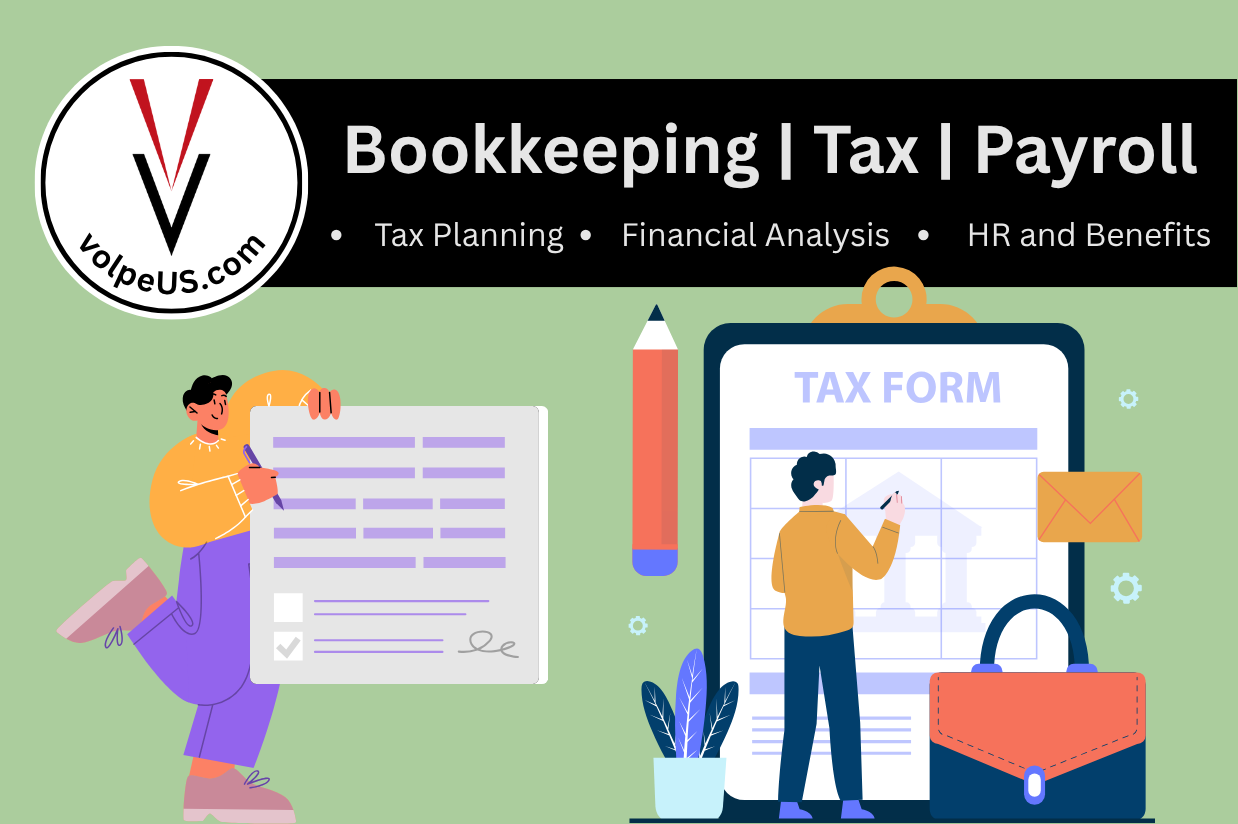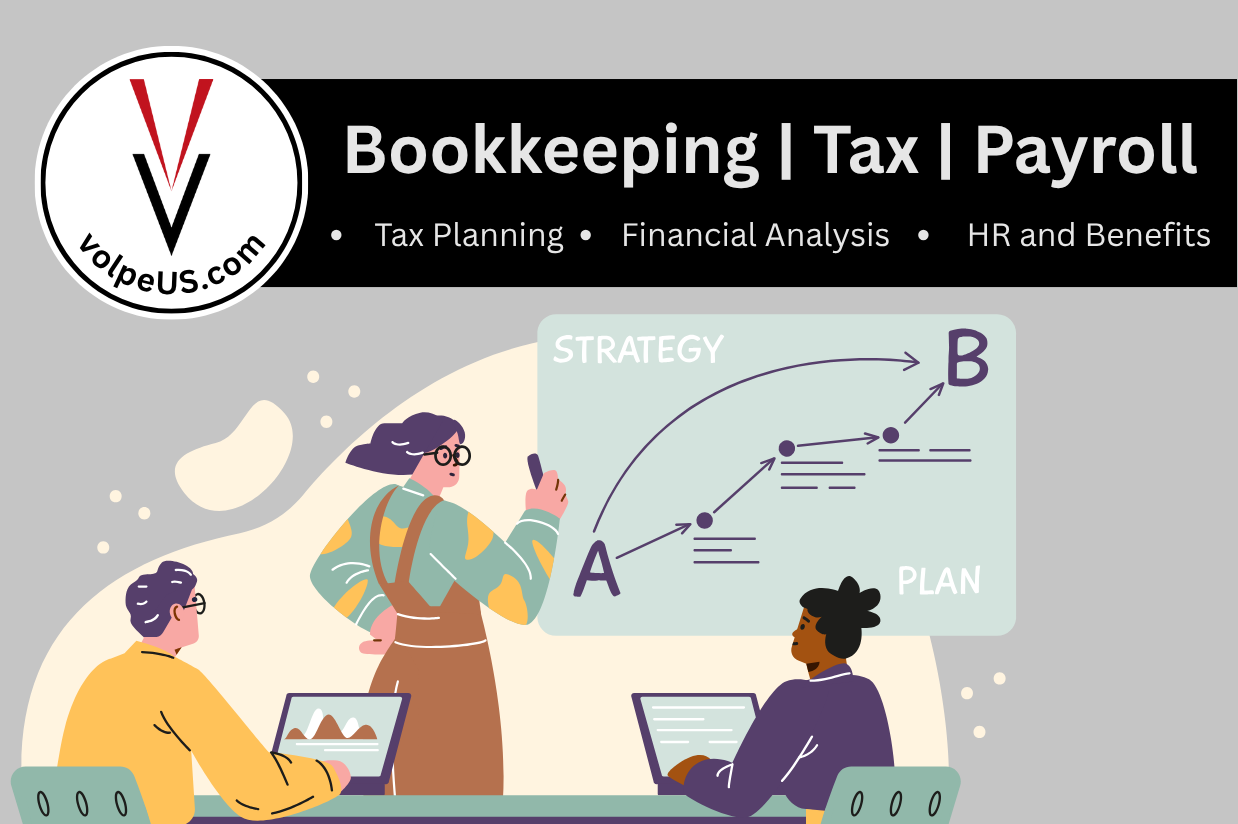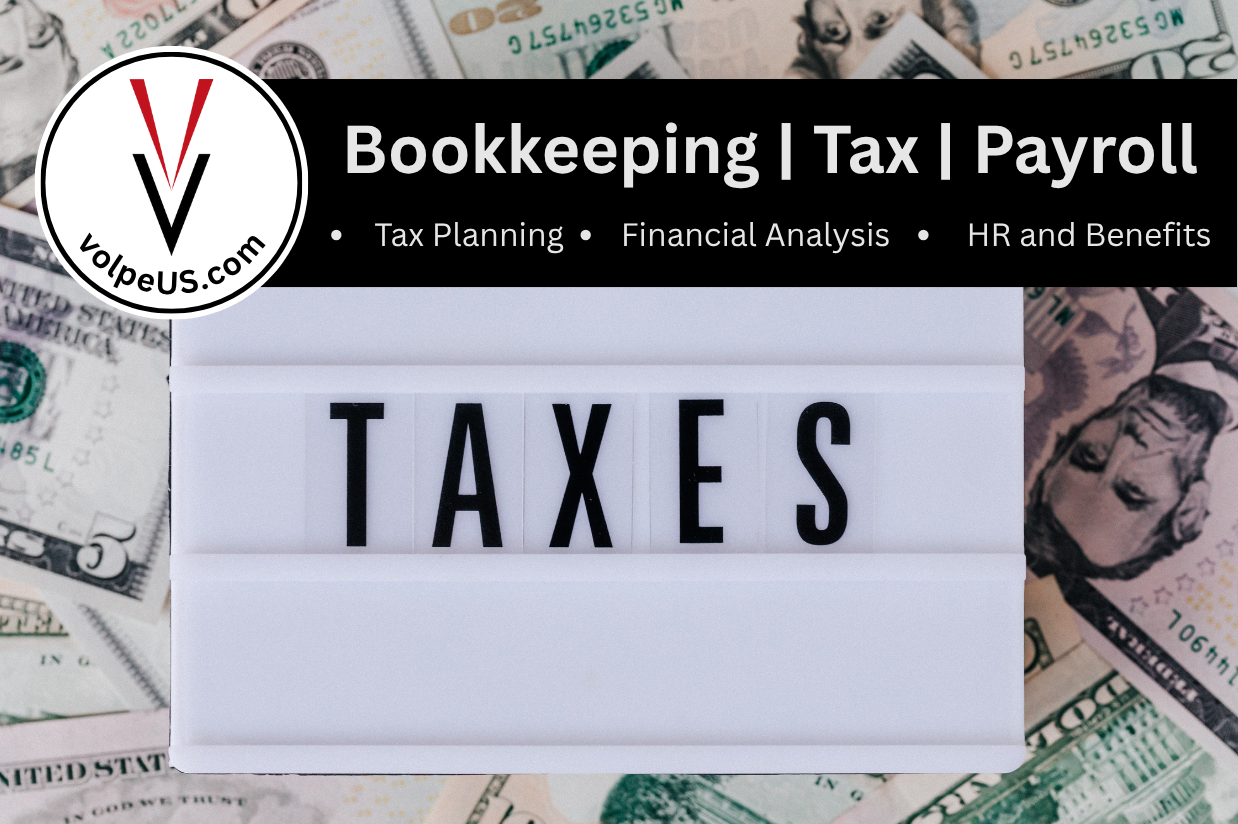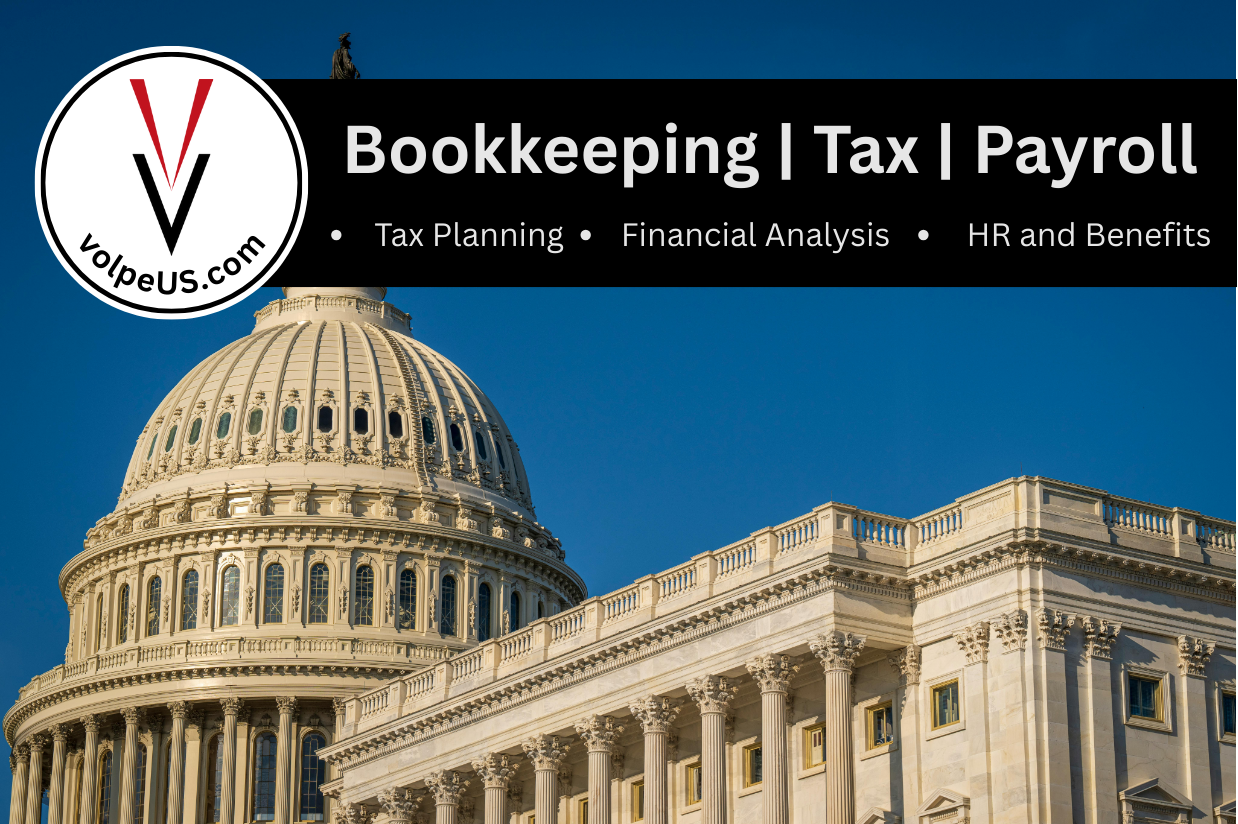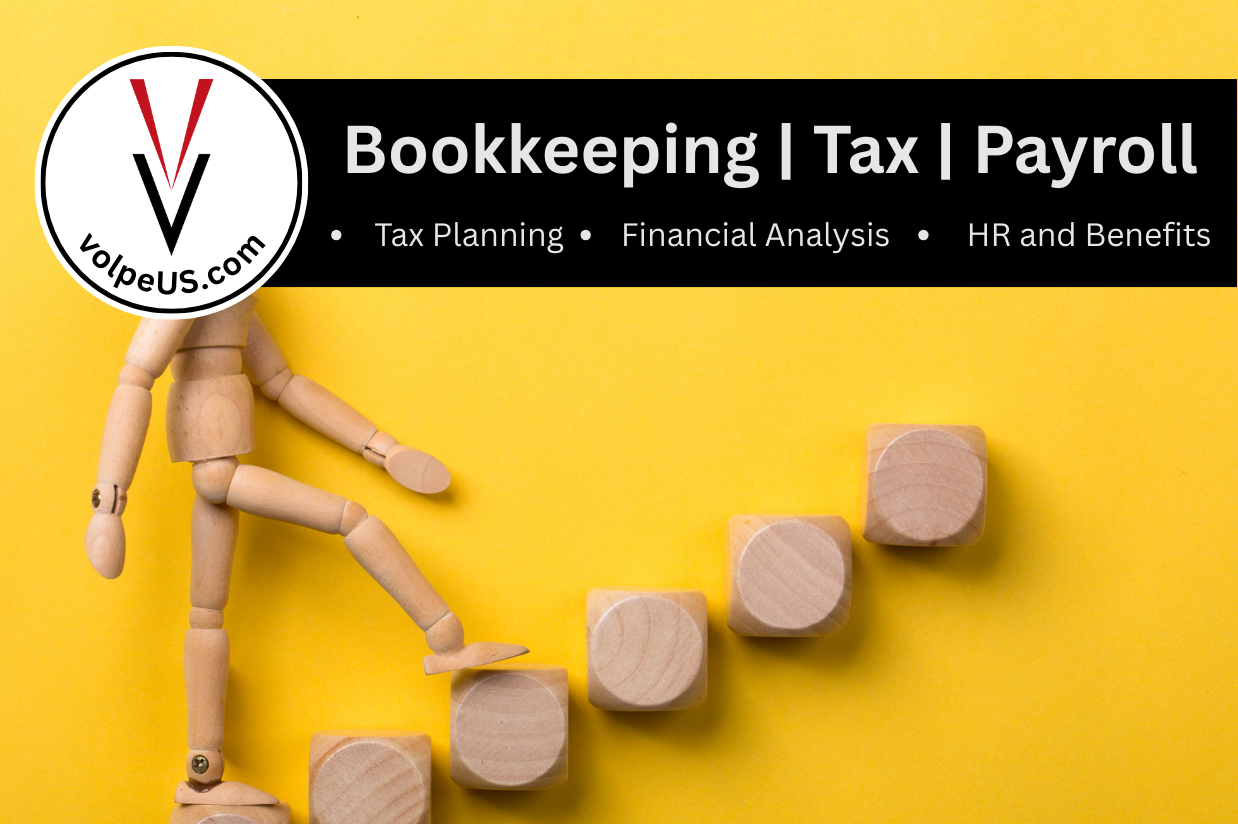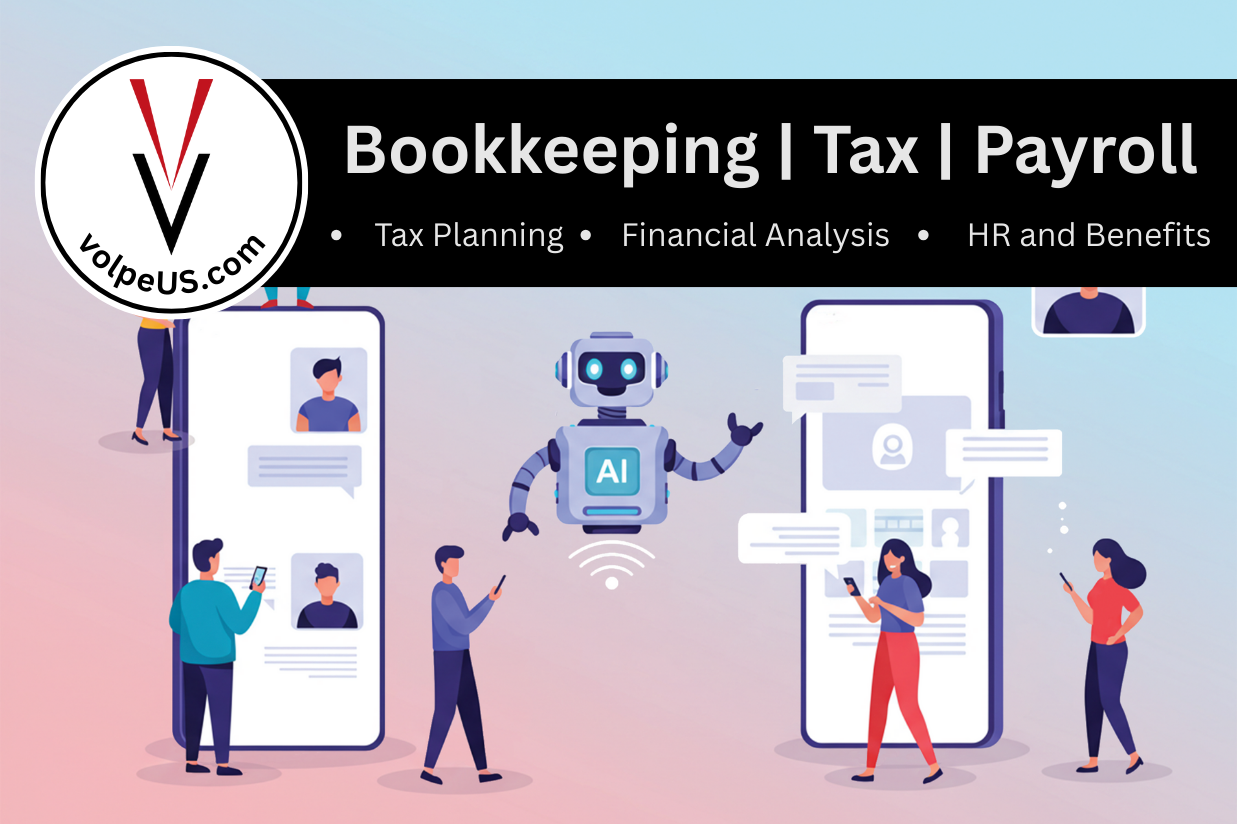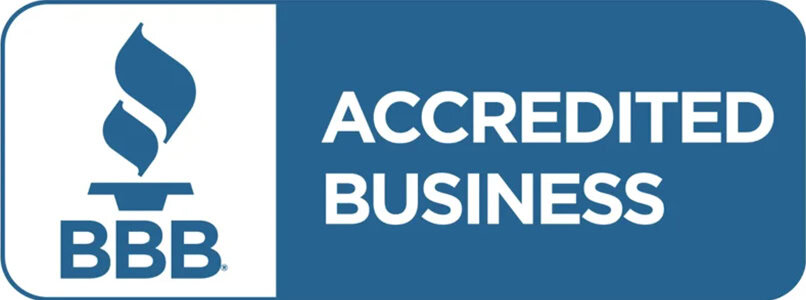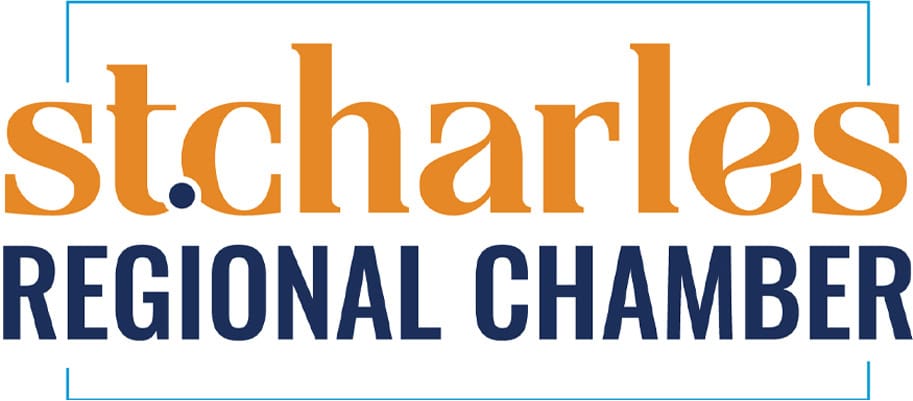Jump to a Specific Section
Understanding Common Taxes: A Guide for Individuals, Families, and Businesses
Taxes are an integral part of life, whether you’re an individual, a family, or a business owner. They fund public services, infrastructure, and various government initiatives. Here is a breakdown of the most common taxes that fund almost all of the federal government.
Government budgets are divided into two main categories: discretionary spending and mandatory spending. Discretionary spending is determined annually by Congress and funds programs like education, defense, and transportation. Mandatory spending, on the other hand, is dictated by existing laws and includes Social Security, Medicare, and other entitlement programs.
In 2023, the federal government collected approximately $4.4 trillion in revenue and spent $6.1 trillion. Of this:
- Mandatory Spending: $3.8 trillion, including Social Security, Medicare, and Medicaid.
- Discretionary Spending: $1.7 trillion, covering defense, education, and other programs.
- Interest on Debt: $600+ billion.
Below, we break down the most significant and most common taxes, detailing who pays them, how they’re calculated, and when they’re due. Each tax section will also try to indicate its contribution to discretionary or mandatory spending.
Common Taxes for Individuals

Income Tax
Income taxes are the most common taxes we think of when the topic comes up. The income tax is a direct tax on wages earned, whether you work for an employer or as a freelancer or contractor. Instituted in 1913 through the 16th Amendment, it was created to fund government operations and reduce reliance on tariffs. Income taxes primarily fund discretionary spending programs but may also contribute to mandatory spending on Social Security and Medicare when there are shortfalls.
- Who Pays: Employees, self-employed individuals, independent contractors, and anyone earning taxable income.
- Paid To: Federal government (IRS) and, in most cases, state governments.
- Key Components:
- Federal Income Tax: Progressive tax rates ranging from 10% to 37%.
Below are the 2024 income tax brackets:
| Tax Rate | Income Range (Single Filers) |
|---|---|
| 10% | $0 – $11,600 |
| 12% | $11,601 – $47,150 |
| 22% | $47,151 – $100,525 |
| 24% | $100,526 – $191,950 |
| 32% | $191,951 – $243,725 |
| 35% | $243,726 – $609,350 |
| 37% | $609,351 and above |
| Tax Rate | Income Range (Married Filing Jointly) |
|---|---|
| 10% | $0 – $23,200 |
| 12% | $23,201 – $94,300 |
| 22% | $94,301 – $201,050 |
| 24% | $201,051 – $383,900 |
| 32% | $383,901 – $487,450 |
| 35% | $487,451 – $731,200 |
| 37% | $731,201 and above |
| Tax Rate | Income Range (Married Filing Separately) |
|---|---|
| 10% | $0 – $11,600 |
| 12% | $11,601 – $47,150 |
| 22% | $47,151 – $100,525 |
| 24% | $100,526 – $191,950 |
| 32% | $191,951 – $243,725 |
| 35% | $243,726 – $365,600 |
| 37% | $365,601 and above |
| Tax Rate | Income Range (Head of Household) |
|---|---|
| 10% | $0 – $16,550 |
| 12% | $16,551 – $63,100 |
| 22% | $63,101 – $100,500 |
| 24% | $100,501 – $191,950 |
| 32% | $191,951 – $243,700 |
| 35% | $243,701 – $609,350 |
| 37% | $609,351 and above |
- State Income Tax: Rates vary widely; some states, like Texas and Florida, impose no state income tax.
- Local Income Tax: Imposed by some cities and counties (e.g., New York City).
- Deductions and Credits:
- Deductions vs. Credits: Deductions reduce taxable income, while credits directly reduce tax liability. For example:
- 2024 Standard Deduction:
- Single Filers: $14,600
- Married Filing Separate: $14,600
- Head of Household: $21,900
- Married Filing Joint: $29,200
- These deductions reduce the total amount of income that will be taxed.
- Common Tax Credits:
- Child Tax Credit: $2,000 per qualifying child.
- Earned Income Tax Credit (EITC): Up to $7,830 depending on income and family size.
- 2024 Standard Deduction:
- Deductions vs. Credits: Deductions reduce taxable income, while credits directly reduce tax liability. For example:
- Revenue Collected (2023): $2.1 trillion.
- Due Dates:
- Filing: April 15th (or the next business day if it falls on a weekend/holiday).
- Quarterly payments for self-employed individuals: April, June, September, and January.
Payroll Tax (Employee Contribution)
Payroll taxes were established in 1935 under the Social Security Act to fund retirement and medical benefits, and often get conflated with the income tax. These common taxes are automatically withheld from employees’ paychecks and exclusively fund mandatory spending programs.
- Who Pays: Employees through paycheck withholding.
- Paid To: Federal government (IRS).
- Key Components:
- Social Security: 6.2% of wages up to $168,600 (2024).
- Medicare: 1.45% of all wages (no cap), with an additional 0.9% for income above $200,000 (single).
- Revenue Collected (2023): $1.57 trillion.
- When Paid: Withheld from each paycheck by employers.
Property Tax
Next in the list of common taxes we love to think about are property taxes. Dating back to colonial times, property taxes fund local services like schools, law enforcement, and public works. This tax is a key source of revenue for discretionary spending at the local level.
- Who Pays: Homeowners and landowners.
- Paid To: Local governments (county, city, school districts).
- Key Components:
- Rates vary by location but average 1.1% nationwide.
- Revenue Collected (2023): $322 billion.
- Due Dates: Typically annual or semi-annual; deadlines vary by locality.
Sales Tax
Sales tax was introduced in the 1930s during the Great Depression to boost state revenue. Some of the most common taxes that impact our daily lives, sales taxes primarily fund state discretionary spending programs like transportation and education.
- Who Pays: Consumers.
- Paid To: State and local governments.
- Key Components:
- Rates vary by state and municipality (0% in Delaware, up to 7.25% in California).
- Often excluded: groceries and medicine in some states.
- Revenue Collected (2023): $683 billion.
- When Paid: At the point of sale.
Capital Gains Tax
Capital gains taxes are typically one of the lesser known and less common taxes for most people with ordinary income. Capital gains taxes were instituted in 1913 to tax profits from investments. They apply to the sale of assets such as stocks, real estate, or collectibles. Capital gains taxes contribute to both mandatory and discretionary spending, depending on allocation.
- Who Pays: Individuals selling assets.
- Paid To: Federal and, often, state governments.
- Key Components:
- Short-term (held < 1 year): Taxed as ordinary income.
- Long-term (held > 1 year): 0%, 15%, or 20%, depending on income.
- Revenue Collected (2023): $244 billion.
- Due Dates: April 15th, along with income tax filing; estimated taxes may apply.
Estate and Inheritance Taxes
First enacted in 1916, estate and inheritance taxes aim to tax wealth transfers and limit generational wealth accumulation. Revenue primarily contributes to discretionary spending programs.
- Who Pays: Estates of the deceased or beneficiaries.
- Paid To: Federal government (estate tax) and some states.
- Key Components:
- Federal estate tax: Applies to estates exceeding $13.61 million (2024).
- State thresholds vary; some states impose inheritance taxes on beneficiaries.
- Revenue Collected (2023): $27 billion.
- When Paid: Within nine months of the date of death.
Common Taxes for Businesses

Corporate Income Tax
Corporate income taxes are one of the most common taxes known to business owners. Instituted in 1909, they aim to tax corporate profits and regulate growth. They apply to C-corporations and contribute to both mandatory and discretionary spending.
- Who Pays: Corporations.
- Paid To: Federal government and most state governments.
- Key Components:
- Federal rate: 21% flat rate.
- State rates vary (e.g., 9.80% in Minnesota).
- Deductions and Credits:
- Common Deductions: Salaries, rent, utilities, and depreciation.
- Common Credits: Research and Development (R&D) and energy efficiency credits.
- Revenue Collected (2023): $425 billion.
- Due Dates:
- Quarterly estimated taxes.
- Annual filings (e.g., Form 1120 for C-Corps).
Payroll Taxes (Employer Contribution)
Payroll taxes are probably the most common taxes that businesses are familiar with. The other side of the employees’ payroll taxes discussed above, employers match their employees’ payroll tax contributions. This system was established in 1935 alongside employee payroll taxes to ensure funding for Social Security and Medicare.
- Who Pays: Employers.
- Paid To: Federal and state governments.
- Key Components:
- Matches employee contributions for Social Security and Medicare (7.65%).
- Federal Unemployment Tax Act (FUTA): 0.6% of wages up to $7,000 per employee.
- State Unemployment Tax (SUTA): Varies by state and employer experience rating.
- Revenue Collected (2023): $120 billion.
- When Paid: Semi-weekly or monthly deposit schedule.
Sales and Use Tax (Business)
Businesses collect and remit sales tax on taxable goods or services they sell. Use taxes apply to goods purchased out-of-state and brought into a taxable jurisdiction.
- Who Pays: Businesses collect from consumers and remit to state and local governments.
- Paid To: State and local governments.
- Key Components:
- Rates vary by location.
- Use tax ensures compliance for out-of-state purchases.
- Revenue Collected (2023): $683 billion.
- When Paid: Monthly, quarterly, or annually, depending on revenue thresholds.
Excise Taxes
Excise taxes date back to 1791 and target specific goods, such as alcohol, tobacco, fuel, and luxury items, to generate revenue and discourage certain behaviors.
- Who Pays: Manufacturers, wholesalers, or retailers, often passing the cost to consumers.
- Paid To: Federal and state governments.
- Key Components:
- Examples: Fuel tax, airline ticket tax, alcohol tax.
- Revenue Collected (2023): $98 billion.
- When Paid: Monthly or quarterly.
Self-Employment Tax
Established in 1954, self-employment tax ensures independent workers contribute to Social Security and Medicare. These are less common taxes known to regular employees of a business, but they are crucial to understand for most anyone who earns income outside of a regular W2 job. Similar to payroll taxes, self-employment taxes will primarily contribute to the mandatory spending programs of its two components.
- Who Pays: Self-employed individuals, independent contractors, gig workers.
- Paid To: Federal government.
- Key Components:
- Rate: 15.3% (12.4% for Social Security and 2.9% for Medicare).
- Calculated on net self-employment income above $400.
- Revenue Collected (2023): $380 billion.
- When Paid: Quarterly estimated payments.
Franchise Tax
This tax is levied on businesses for the privilege of operating within a state. It is not based on profits but on business size, revenue, or other factors.
- Who Pays: Corporations, LLCs, and partnerships in some states.
- Paid To: State governments.
- Key Components:
- Rates vary by state.
- Revenue Collected (2023): $10 billion.
- When Paid: Annually.
One of the Two Certainties in Life
We all have opinions on taxes generally, and especially on specific taxes that affect our daily lives. Regardless of our varied perspectives on tax policy, taxes are collected on virtually everyone, and we all need to know how, when, how much, and to whom to report and remit our tax liabilities in order to remain compliant and keep the gears of government turning.
Taxes can be scary—especially when we aren’t up to speed on which ones apply to us—but they don’t have to be. Doing a bit of research and conferring with a trusted tax accountant go a long way in dispelling the anxiety. Understanding your tax obligations is essential for both your financial health and peace of mind.
If you need assistance navigating your tax situation, Volpe Consulting & Accounting is always here to help!


